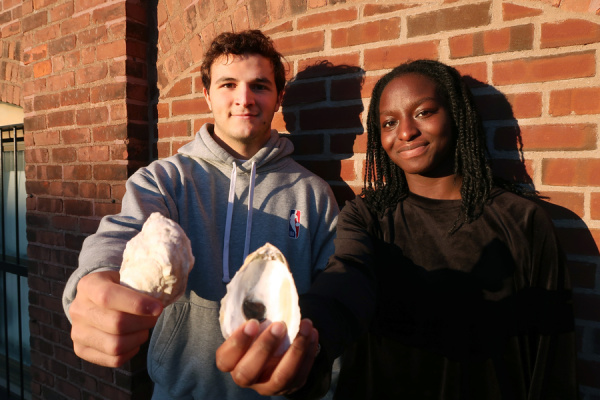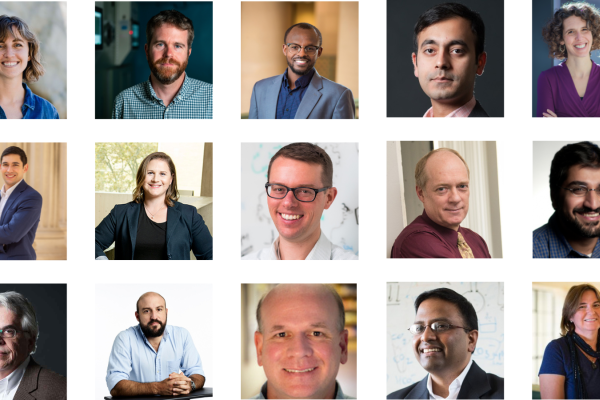Our Research Advancing technology development to improve microbiome processes for controlling harmful bacteria blooms in aquaculture algae feed production

An aerial view of a shellfish hatchery.
Principal Investigators
Michael Triantafyllou
- Henry L. and Grace Doherty Professor in Ocean Science & Engineering
- Professor of Mechanical and Ocean Engineering
- Director, MIT Sea Grant
- Department of Mechanical Engineering
Otto X. Cordero
- Associate Professor
- Department of Civil and Environmental Engineering
Robert Vincent
- MIT Sea Grant Assistant Director for Advisory Services
- Department of Mechanical Engineering
- MIT Sea Grant
Challenge:
Can we ensure healthy aquaculture production to support the expansion of the U.S. aquaculture industry?
Research Strategy
- Monitor the microbiome composition of a shellfish hatchery with enough throughput to identify possible causing agents of mortality as well as beneficial microbes.
- Pair microbe data with detailed phenotypic information about the animal population to develop rapid diagnostics and quantify the impact of microbiome changes on animal health.
- Test the potential of automated imaging techniques as tools to evaluate the health of the animal population in a rapid and cost-effective manner.
- Collaborate with MIT Sea Grant expertise in fisheries, aquaculture, outreach, and industry liaisons to ensure the transfer of information and technology for implementation by the local and regional aquaculture community.
Project description
A reliable seafood supply is important for meeting global food demand. U.S. aquaculture is a $1.5 billion industry supporting 1.7 million jobs annually (NOAA 2020), yet lags behind other countries in global production. One of the major challenges in meeting aquaculture seafood demand is the high degree of variability in survival rates, most likely caused by a poorly controlled microbiome that leads to bacterial infections and sub-optimal feed efficiency. A better understanding of the hatchery microbiome is needed to develop effective processes for controlling harmful bacteria blooms and to inform technology development that will ensure healthy production and support the expansion of the U.S. aquaculture industry. To this end, the team plans to characterize the microbiome of the hatchery production system and pair this data with quantitative assessments of host mortality in order to generate testable hypotheses about the identity of the disease-causing bacteria. To validate the hypotheses generated by the microbiome analysis, the researchers will develop an isolated collection of the bacteria associated with the hatchery (including both potential pathogens and beneficial microbes) and perform challenge tests with larvae in the lab. These tests will serve to confirm the identity of harmful and beneficial bacteria as well as to explore possible mechanisms of action. Finally, the group will work on generating rapid diagnostic tests and explore the potential for microbiome therapies to protect larvae and prevent future outbreaks.
News
Additional Details
Impact Areas
- Water
- Food
- Climate & Sustainability
Research Themes
- Water Purification & Desalination
- Sensors & Monitoring
- Water Resources & Infrastructure
- Technology & Commercialization
- Sustainability & Adaptation
- Transforming Food Systems
Year Funded
- 2023
Grant Type
- Seed Grant
Status
- Ongoing




